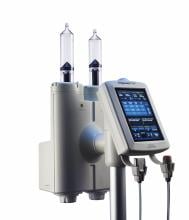With all the conflicting information surrounding screening mammography, it is hard for breast radiologists not to be just as confused as the patients and referring clinicians. As a breast radiologist, I am passionate about breast imaging and the patients I serve.
© Copyright Wainscot Media. All Rights Reserved.
Subscribe Now



